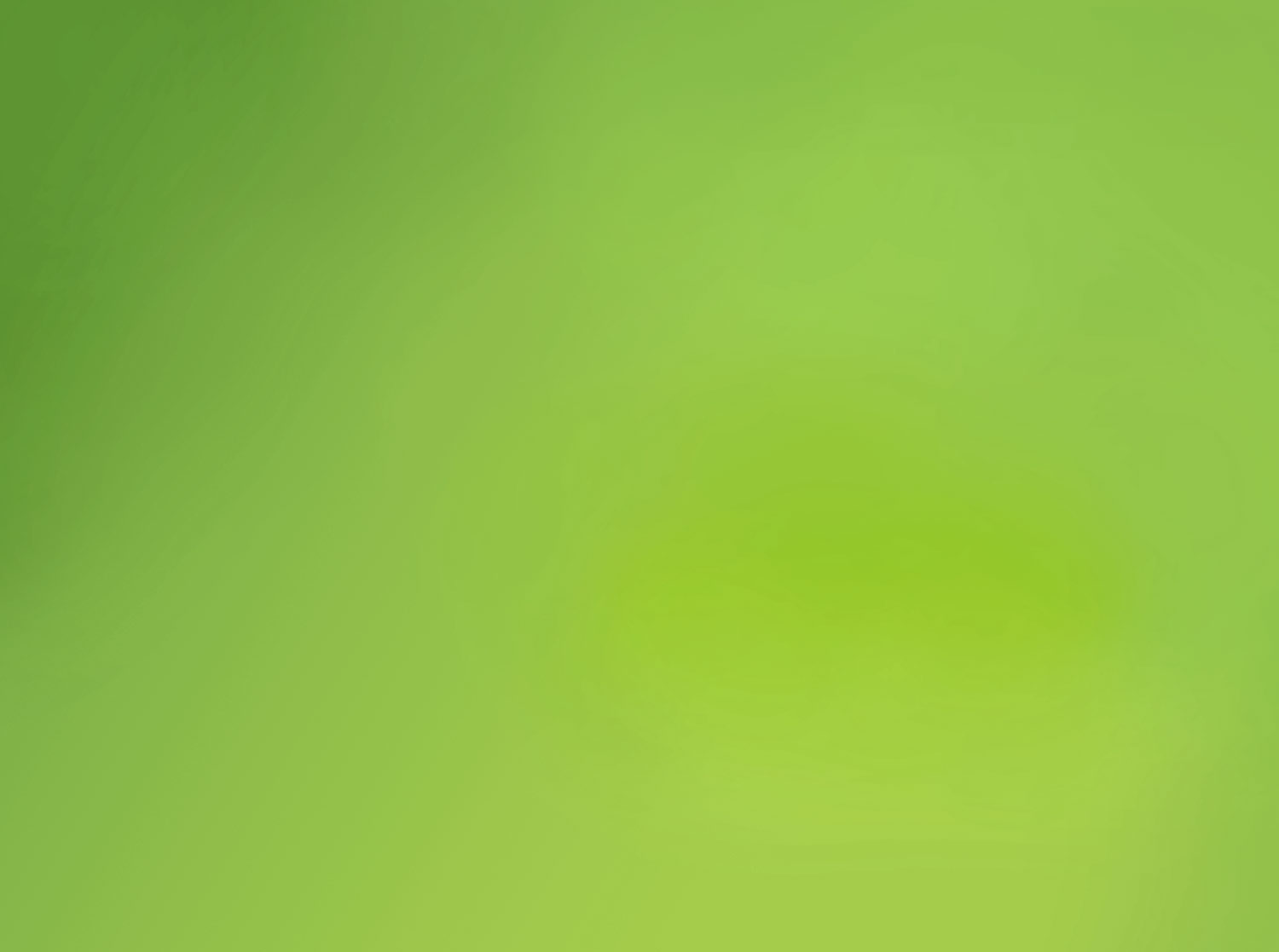

The working group consists of active and corresponding members from official food monitoring, industry, academia, and consulting firms. The working group normally meets twice a year. Applications for active or corresponding membership can be submitted to the respective chairpersons.
The additives working group is an expert group for food additives pursuant to Regulation (EC) No. 1333/2008 and related areas. It addresses both food law and scientific issues.
The following general tasks of the AG can be summarized:
Dr. Bernd Haber
Ruppertsberg
Email: bernd.haber@t-online.de
Dipl.LM.Chem. Julia Schreiner
State Institute for Investigation
Health and Veterinary Services Saxony
Email: julia_schreiner@gmx.net
Silke Fallah
GNT Europa GmbH, Aachen
Email: sfallah@gnt-group.com
Term of office 2023 - 2025
These statements no longer reflect the current state of affairs and are intended for documentation purposes only and not for further use in current discussions.
This page has been machine translated. If you have any feedback or comments please feel free to contact us. 
last modified: 22.09.2025 10:59 H from Translator